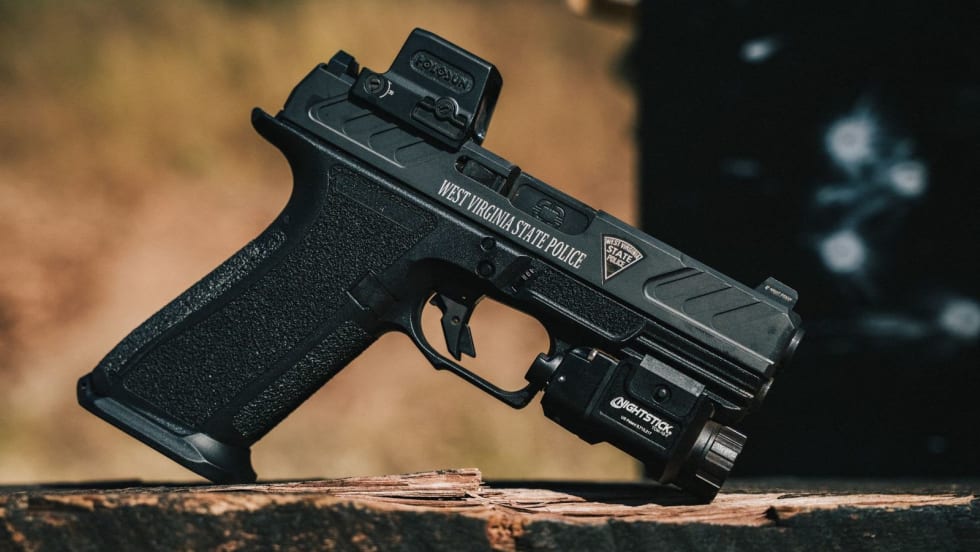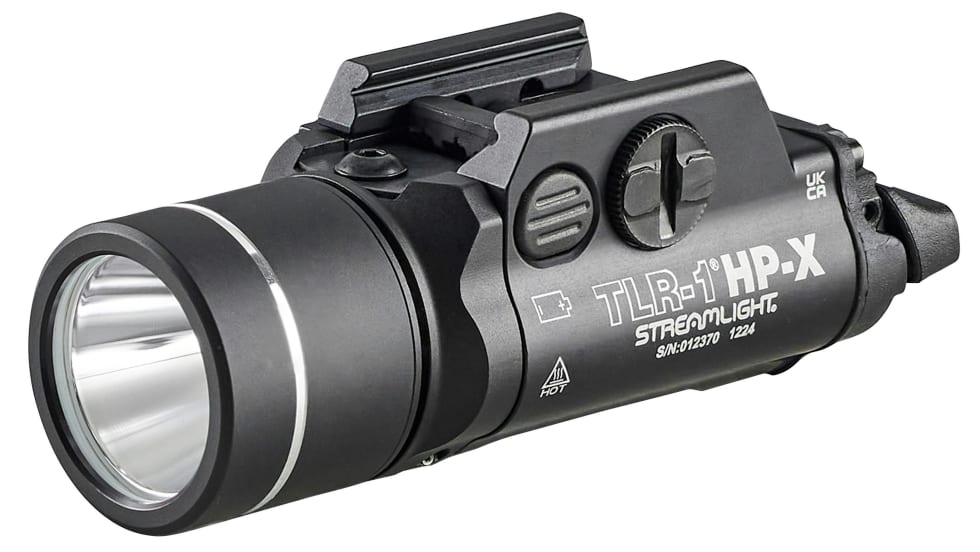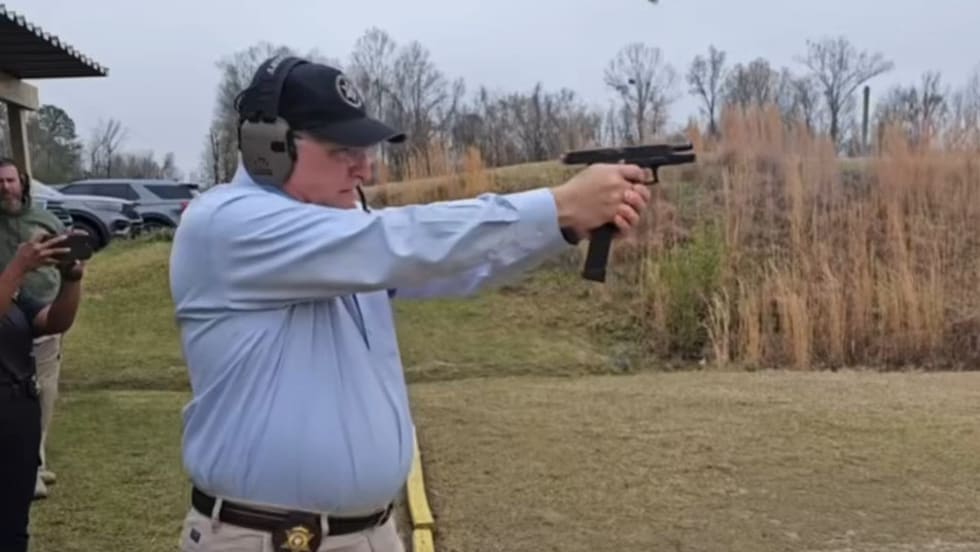Several years ago Ruger entered the concealed carry pistol market with two small-frame pistols: the 9mm LC9 and the .380 LCP. While they differed in size (5.15 vs. 5 inches in length; 9.4 vs. 17.1 ounces in weight), these two handguns shared a number of features.
Both of these Ruger pistols use alloy steel slides that sit atop glass-filled nylon frames. Glass-filled nylon not only reduces weight but is as strong as and in many cases more resistant to wear, moisture, salts, oils, and solvents than metal frames.
These subcompact Rugers also both feature locked-breech designs that use double-action-only (DAO) triggers with a "single strike" trigger mechanism. This means that if you have a misfire, or are dry firing an empty pistol for practice, it is necessary to partially retract the slide to reset the spurless hammer before you can pull the trigger again.
In both of these popular subcompact Rugers, breech locking is accomplished by the barrel hood moving up into, and bearing against the front of, the ejection port. When fired, the barrel and slide move to the rear, locked together for a short distance whereupon a cam on the bottom of the barrel articulates on the frame insert, pulling the barrel down so the slide can continue to the rear, extracting and ejecting the spent cartridge case. The recoil spring, located on a full-length guide rod under the barrel, pulls the slide forward, chambering the next round. As the slide goes into battery, the barrel is cammed up, locking the two units together and the hammer is held in a partially cocked position until a complete stroke of the trigger pulls it to full cock and releases it.
Both of these Ruger concealed carry pistols also use single-column magazines: the LCP holds six rounds; LC9 holds seven. The LC9 differs from its .380 cousin in that it has an external thumb safety and slide stop levers, and the magazine can be fitted with a finger rest extension baseplate. In addition, while the LC9 has easy-to-see, three-dot sights, those on the LCP are basic at best and almost impossible to see at worst. This is one of the reasons why a Crimson Trace laser sight was such a popular option on the LCP.










